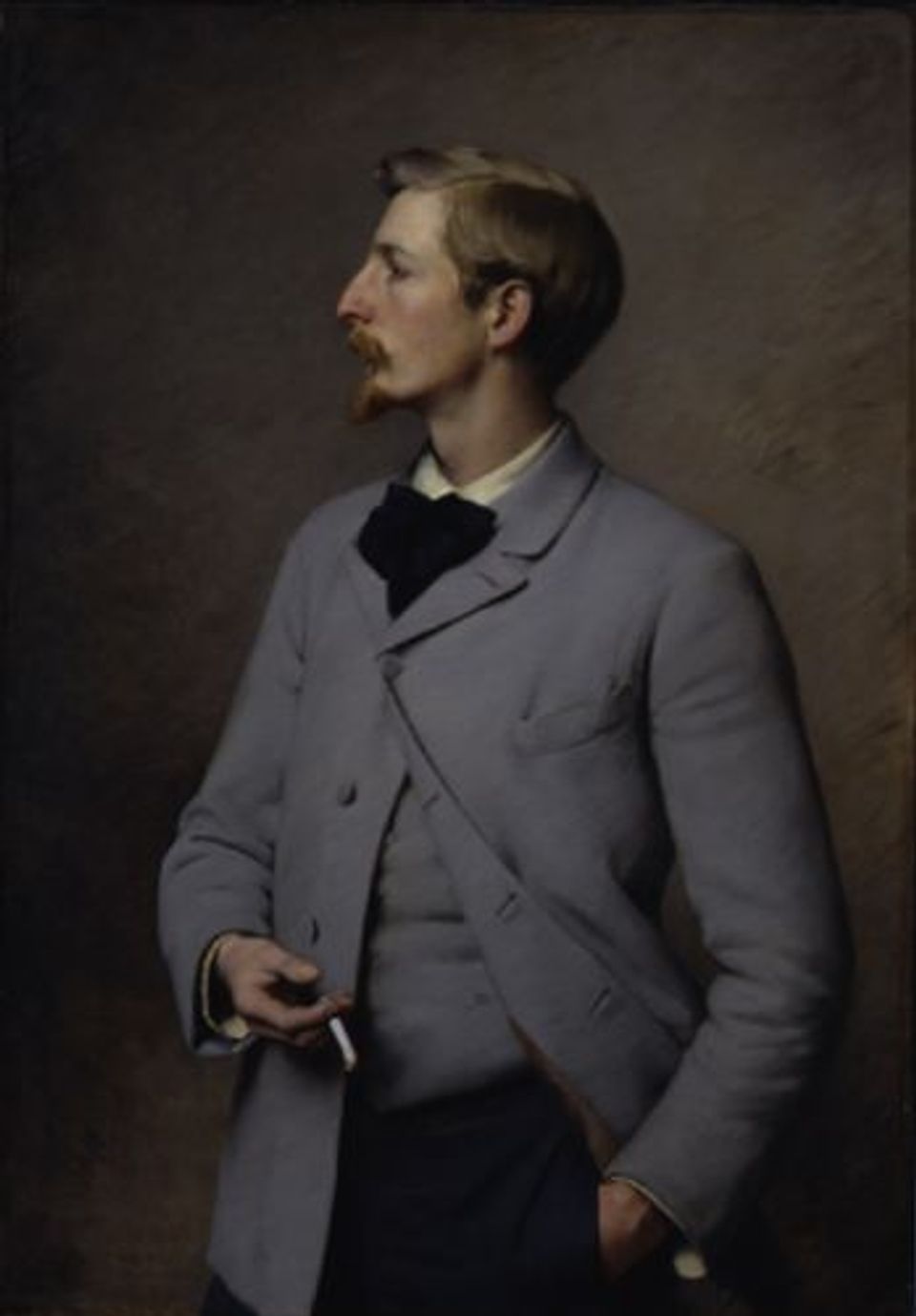Paul Wayland Bartlett

- Also known as
- Paul W. Bartlett
- Born
- New Haven, Connecticut, United States
- Died
- Paris, France
- Nationalities
- American
- Biography
Paul Wayland Bartlett was born in New Haven, Connecticut, in 1865, the son of the minor sculptor Truman Howe Bartlett. When Bartlett was nine years old, the Bartlett family moved to France. Bartlett studied art at the École des Beaux-Arts in Paris, where he developed an affinity for sculpting animals. His Bear Tamer received an honorable mention at the Salon in Paris in 1887; Indian Ghost Dancer was admired for its exacting anatomy at the World's Columbian Exposition in Chicago in 1893. Bartlett became one of the prominent Beaux-Arts artists of his day, maintaining sculpture studios in Paris, New York, and Washington, D.C. Major examples of his work include the equestrian statue of the Marquis de Lafayette (1899–1908), donated by the United States to France, and the pediment on the U.S. Capitol, House of Representatives, east front portico. The artist died in Paris in 1925.
National Museum of American Art (CD-ROM) (New York and Washington D.C.: MacMillan Digital in cooperation with the National Museum of American Art, 1996)
- Luce Artist Biography
Paul Wayland Bartlett was the son of noted sculptor, art critic, and historian Truman Bartlett. Ironically, while the elder Bartlett taught modeling for many years at the Massachusetts Institute of Technology, he was famously quoted as saying, “I would never have a son of mine get his art education in this country!” He proved his point by moving his wife and son to France when Paul was only nine. At fifteen, Bartlett entered the École des Beaux-Arts and studied under Frémiet, the gifted and successful animalier. Although Bartlett lived most of his life in France, he completed a number of popular public monuments for the United States. His most famous work is an equestrian statue of Lafayette that was commissioned by the government as a gift to France, and paid for by pennies and nickels collected from American schoolchildren.













